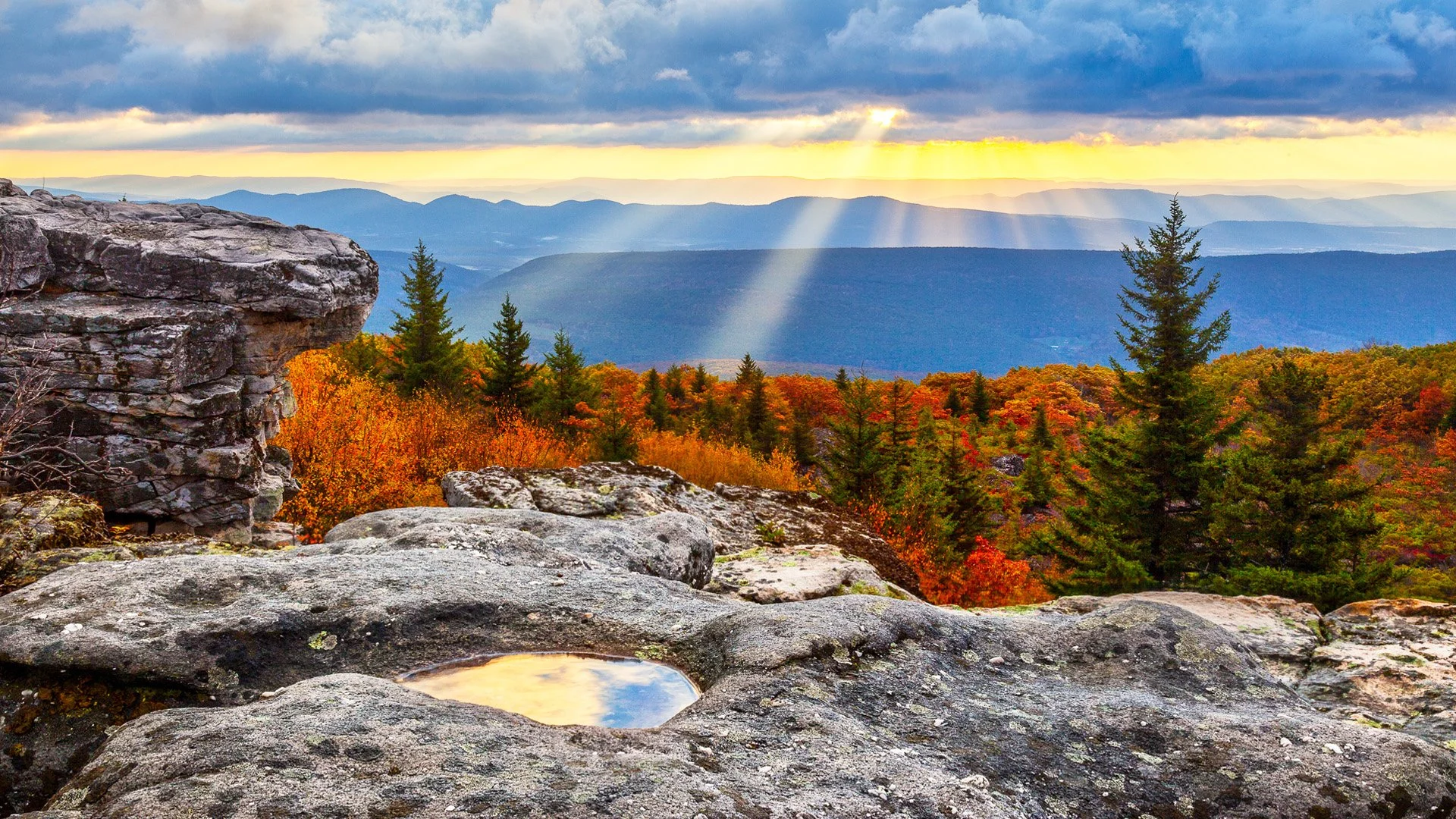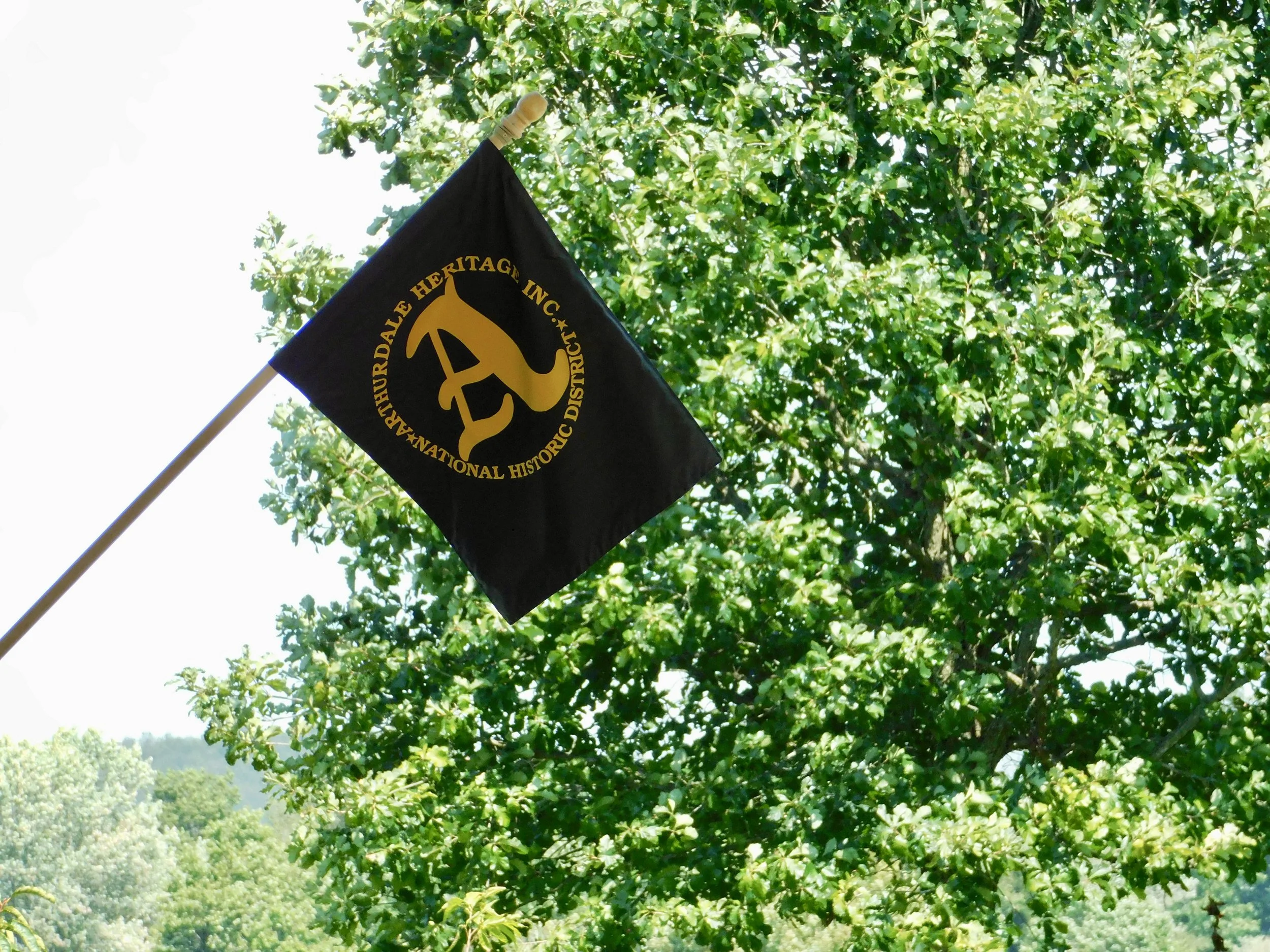Adaland Mansion, previously known as the Modisett Mansion, is a Greek Revival house set at the top of the hills in Philippi, WV. Now it is a beautiful landmark that hosts a combination of historically inspired and modern events, such as weddings, tours, educational classes, private and public dinners and more! In early November the site closes to the public for a few weeks so volunteers can fill every space with glad tidings (and tinsel). Each room has a themed tree with shining ornaments to prepare for the free Holiday Open House on Saturday, December 3rd.
The Christmas cheer is here early at Adaland Mansion as the director, Jolynn Powers, excitedly opened a surprise donation.


























